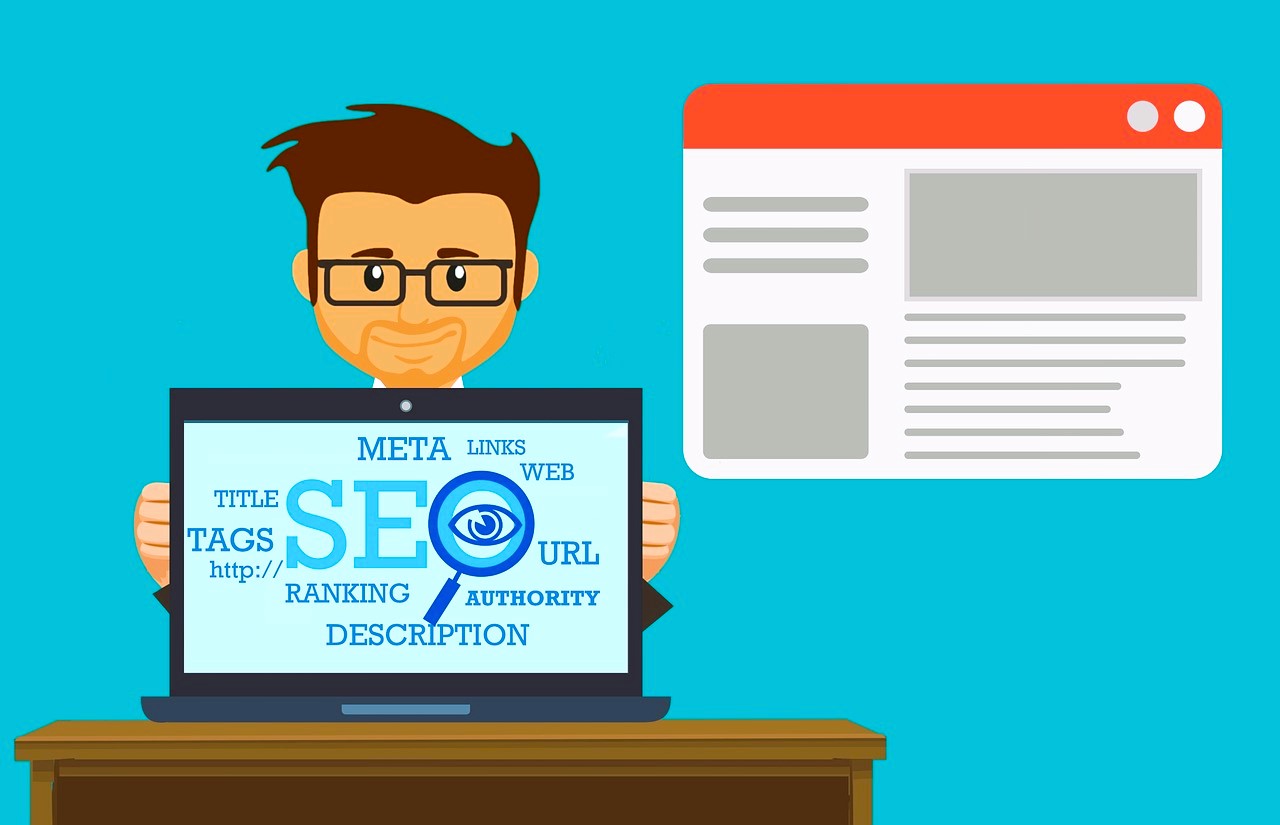In the dynamic landscape of the digital world, creating a visually appealing website is only part of the equation for success. To truly stand out and reach your target audience, search engine optimization (SEO) plays a pivotal role. In this article, we will delve into the symbiotic relationship between SEO and web design, exploring strategies to optimize your website for search engines while maintaining a user-friendly and aesthetically pleasing design.
1. Understanding the Basics of SEO
Search engine optimization is the practice of enhancing a website’s visibility on search engine result pages (SERPs). It involves various strategies and techniques aimed at improving a website’s ranking, ultimately driving organic traffic. Key elements of SEO include keyword optimization, quality content creation, and building authoritative backlinks.
2. Integration of Keywords in Design Elements
Incorporating relevant keywords into your website’s design elements is a fundamental aspect of SEO. From meta titles and descriptions to image alt text and header tags, strategically placing keywords helps search engines understand the context and relevance of your content. However, it’s essential to maintain a natural flow, ensuring that keywords enhance rather than disrupt the user experience.
3. Mobile-Friendly Design for Improved Rankings
Mobile optimization is not only crucial for user experience but also a significant factor in search engine rankings. With the increasing use of mobile devices, search engines prioritize mobile-friendly websites. Responsive design, which adapts seamlessly to different screen sizes, is essential for ensuring that your website ranks well on both desktop and mobile searches.
4. Page Speed and User Experience
Page speed is a critical factor in SEO and user experience. Slow-loading pages not only contribute to a high bounce rate but can also lead to lower search engine rankings. Optimize your website’s performance by compressing images, leveraging browser caching, and minimizing unnecessary code. A faster website not only pleases visitors but also satisfies search engine algorithms.
5. Clean and Semantic HTML Markup
Search engines rely on the structure of your website’s HTML to understand its content. Using clean and semantic HTML markup not only improves accessibility but also assists search engines in comprehending the hierarchy and relevance of your content. Well-organized code contributes to a positive user experience and supports SEO efforts.

6. Quality Content is King
High-quality, relevant content is the cornerstone of successful SEO. Ensure that your website provides valuable information that meets the needs of your target audience. Regularly update your content, incorporating keywords naturally, and strive for originality and depth. Engaging content not only attracts users but also encourages other websites to link to yours, boosting your site’s authority. We conducted research into the world of 3D elements in web design, more details here.
7. User-Friendly Navigation Structure
A well-structured and intuitive navigation system is beneficial for both users and search engines. Clear navigation enhances the user experience, reducing bounce rates and keeping visitors engaged. Search engines reward websites with user-friendly navigation by ranking them higher in search results. Consider implementing a hierarchical menu structure and incorporating internal linking to guide users through your content seamlessly.
8. Schema Markup for Enhanced Rich Snippets
Schema markup provides additional information to search engines about the content on your website. Implementing schema markup can result in enhanced rich snippets, which display more information in search results. This not only improves the visibility of your content but also attracts users with more detailed and relevant information.
9. Backlink Building Strategies
Backlinks, or incoming links from other websites, are a crucial component of SEO. While the quality of backlinks matters more than quantity, incorporating a backlink building strategy into your web design efforts can significantly impact your website’s authority. Create shareable content, engage in outreach, and collaborate with influencers to attract high-quality backlinks.
10. Regular Monitoring and Analysis
SEO is an ongoing process that requires continuous monitoring and analysis. Regularly assess your website’s performance using tools like Google Analytics and Search Console. Track keyword rankings, user behavior, and other relevant metrics to identify areas for improvement. Regular audits and updates ensure that your website remains optimized for search engines and aligned with evolving industry standards.
In conclusion, the synergy between SEO and web design is indispensable for creating a successful online presence. By integrating SEO strategies into your design approach, you not only enhance your website’s visibility on search engines but also provide a seamless and engaging experience for users. Striking the right balance between aesthetics and optimization is the key to unlocking the full potential of your website in the digital landscape.
For more information on web design and SEO standards, you can visit the Wikipedia page on Search Engine Optimization.


